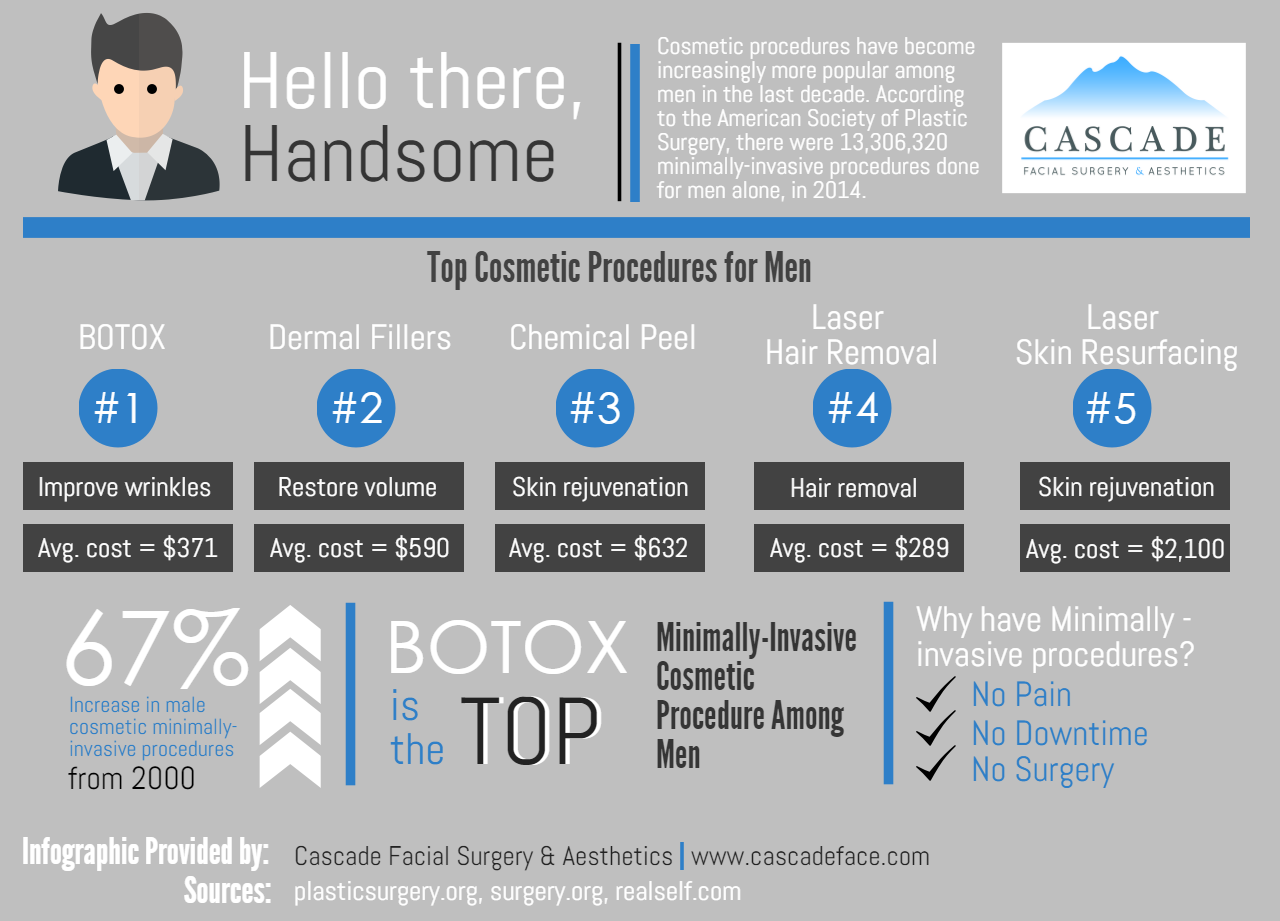What Is Microneedling For Acne Scars
What Is Microneedling For Acne Scars
Blog Article
Acne Scars and Post-Acne Care
Acne scars and dark marks can continue to be even after the blemish itself has actually removed. Yet there are lots of natural, non-prescription and medical treatments that can lower their look.
Ice choice scars are little impressions that look like pinpricks; rolling marks have a wave-like appearance and superficial depth; boxcar scars have clear sides; hypertrophic scars are elevated bumps. Treatments consist of skin needling, where your physician rolls a needle-studded tool over the skin; and surgical excision, when a medical care expert remove deep scars.
1. Scrub
Acne scars discolor best when they aren't covered with dead skin cells. Peeling removes the build-up and allows fresh skin cells ahead to the surface. It additionally makes acne marks much less visible.
A skin doctor can recommend peeling approaches for your particular skin kind. Dry skin may gain from exfoliation with scrubs or other mechanical methods, while oily skin might require a chemical peel. Those with darker skin tones require to be mindful using stronger chemical therapies, as they can create dark areas and sensitivity.
If you have acne scars, avoid choosing or pressing at them, which can make them worse. Swelling brought on by inflammation enhances the opportunity of scarring. Picking can leave ice-pick marks, which are narrow indentations with a point at the end. You can additionally get boxcar scars, which are imprints with broader sides. You can also establish hypertrophic or keloid marks. These are elevated bumps of scar tissue that can be scratchy and uncomfortable.
2. Hydrate
After completing your acne therapy, keeping skin clear and healthy and balanced requires a constant skin care routine that protects from outbreaks and reduces post-acne marks. This includes a mild cleanser and moisturizer, non-comedogenic items that don't block pores, and staying clear of foods that irritate skin or trigger acne flare-ups.
Utilizing a light-weight, non-comedogenic cream with ingredients like hyaluronic acid and glycerin can assist hydrate skin while likewise boosting skin texture and promoting healing. Try to find an item that is developed without scent or parabens.
An item that targets sticking around acne marks with ingredients such as skin-brightening tranexamic acid and bakuchiol can boost dark spots or irregular tone caused by inflammation. It gently resurfaces the skin tone while smoothing harsh and textured locations. An item that integrates a retinoid and a plant-based retinol alternative can additionally enhance the appearance of much deeper scars while simultaneously targeting existing imperfections and protecting against future breakouts.
3. Cover Up
Once your acne marks heal, you can conceal them with make-up and a concealer. Just make sure you're just applying the item over marks that are fully recovered (not fresh ones), states Sotomayor. Then, complete your look with a vibrant lip color or statement great smoky eye shadow for maximum influence.
When it pertains to choosing a structure or tinted cream, it is necessary to choose one that is noncomedogenic and oil-free. This will certainly aid keep your skin clear and prevent the clogging of pores that can bring about brand-new breakouts.
The exact same goes for picking a concealer. Try to find a formula that offers complete coverage yet still feels light-weight and blendable on the skin. Also, when hiding indentations from acne marks, it's a good idea to locate a color that matches your all-natural skin tone (as opposed to a shade lighter or darker). This will certainly help conceal the indents better. This beneficial balm is an excellent alternative for brightening and lightening post-inflammatory hyperpigmentation, which can be triggered by acne or various other inflammatory skin problem. It contains moistening panthenol, softening shea butter and strengthening peptides that decrease soreness and scaly structure.
4. See Your Skin doctor
The marks that form from serious acne frequently need therapy by a doctor or skin doctor. Before that can take place, though, a client has to have their acne under control. This includes not selecting or pressing acne spots, and utilizing mild cleansers and water-based non-comedogenic items that will not clog pores.
If drugstore cleansers and area therapies aren't clearing your skin, routine an appointment with botox for tmj a dermatologist. The skin specialist can advise other treatments that assist remove your skin without drying it out or bothersome it.
A dermatologist can also treat various other sort of post-acne marks, consisting of dark areas that are a kind of hyperpigmentation called PIH (post-inflammatory hyperpigmentation). A topical retinoid like adapalene can noticeably lighten these marks and fade them quickly. For various other sorts of marks, the doctor can suggest a much more extensive therapy. This could consist of microdermabrasion or chemical peels off that are done right in the workplace. Depending on the seriousness of your scars, these therapies might require to be duplicated.